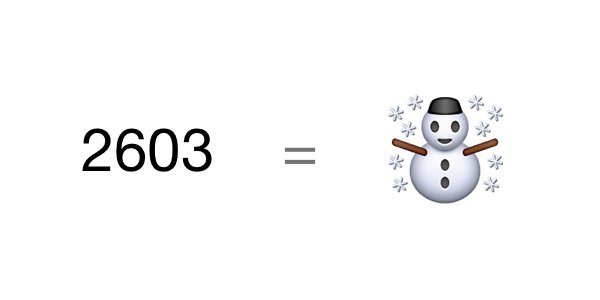There’s a lot of confusion about what actually constitute emojis, in no small measure due to the term’s liberal use by apps like Kimoji. Owen Williams sets the record straight, dropping some emoji knowledge over on Emojipedia. Williams starts with a little history:
The term “emoji” originates from Japan, and it’s a generic term there, similar to emoticon in English (though the fact they sound similar is purely coincidental). They started life as a set of pictures out of a research laboratory, and introduced nationwide after DoCoMo i-mode shipped with the first set.
Emoji evolved into the term used to describe the characters approved by the Unicode Consortium that work on any device. As Williams explains:
Put simply: [an emoji is] actually a universal code set that translates from machine speak into the pictures you see when you send a ? to your friends and they know what you’re talking about.
What’s cool about emoji is that they work like a letter of the alphabet. Sending an emoji doesn’t send an image, just the code, which each device translates into the corresponding image.
As Williams explains, Kimoji aren’t emoji at all, they’re image-based stickers wrapped in a custom iOS keyboard app. Twitter hashflags are also custom images that are even more restrictive because they only work on Twitter.
With iOS 10’s adoption of sticker packs in Messages, the distinction between emojis and stickers is likely to get even blurrier, but remember emoji are free, built-in, and cross-platform, which makes them the most flexible way to express yourself to your friends.
(Image by Emojipedia.org).


